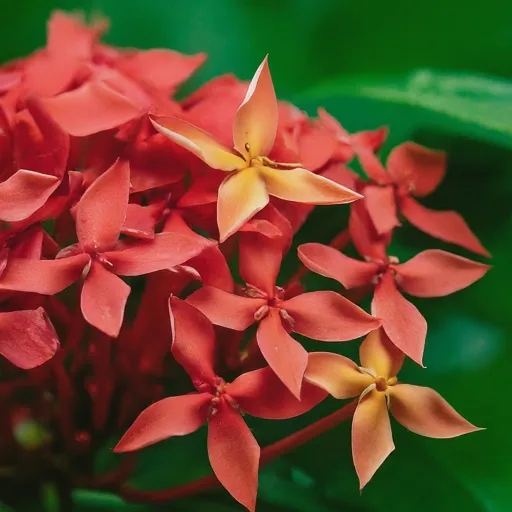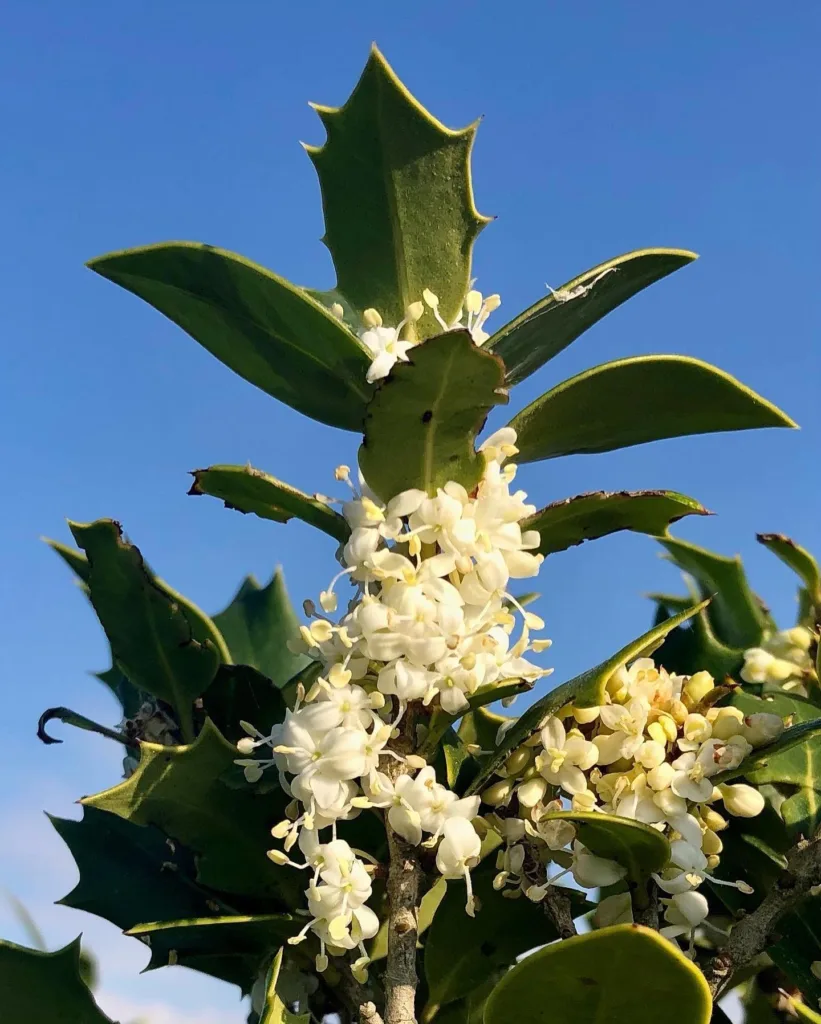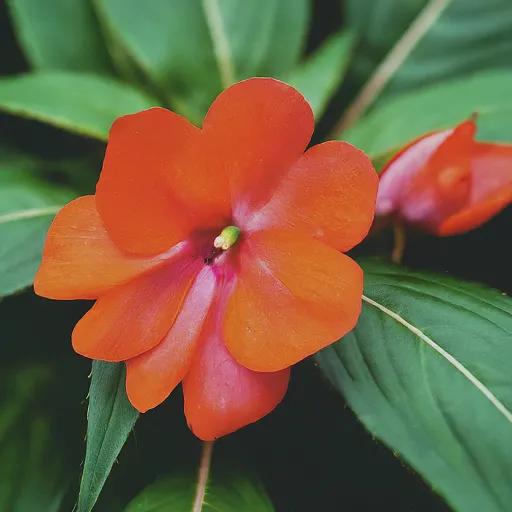Exploring the Sphaerosepalaceae Family: Dialyceras and Rhopalocarpus
When I first delved into the world of botany, I was fascinated by the intricate relationships between plant families. Among these, the Sphaerosepalaceae family captured my attention, especially its unique genera: Dialyceras and Rhopalocarpus. This exploration has not only deepened my appreciation for these plants but has also expanded my understanding of their ecological significance.
Understanding Sphaerosepalaceae
The Sphaerosepalaceae family is a group of flowering plants native primarily to Madagascar and nearby islands. What makes this family particularly intriguing is its relatively small number of genera and species, yet the diversity within is remarkable. The family is characterized by its distinctive floral structures and growth habits.
Sphaerosepalaceae is a part of the larger order of Rosales, which includes many well-known families such as Moraceae and Ulmaceae. This placement within the Rosales provides insight into the evolutionary history of these plants, highlighting the complex relationships that have shaped their development over millions of years.
Dialyceras: A Closer Look
Dialyceras is one of the prominent genera in the Sphaerosepalaceae family. I was particularly impressed by its morphological characteristics. This genus comprises several species that exhibit fascinating adaptations to their environments.
One aspect that stands out to me is the unique inflorescence structure. The flowers are often arranged in clusters, making them visually striking. They usually feature a combination of vibrant colors, attracting pollinators from afar. In my experience, I found that observing these plants during their blooming period is a delight, as they seem to burst into life, transforming the landscape.
The leaves of Dialyceras are equally captivating. They tend to be broad and leathery, allowing the plant to conserve water in its native habitats. This adaptation is crucial, especially in the regions where these plants thrive. Understanding such adaptations has helped me appreciate the resilience of nature.
Rhopalocarpus: The Other Gem
Rhopalocarpus is another fascinating genus within the Sphaerosepalaceae family. When I first encountered this genus, I was struck by its diversity in form and function. Rhopalocarpus species can vary significantly, showcasing a range of growth habits from small shrubs to larger trees.
What intrigues me most about Rhopalocarpus is its role in local ecosystems. Many species serve as vital components of forest ecosystems, providing food and habitat for various wildlife. For instance, birds often rely on the fruits produced by these plants, which are typically fleshy and nutrient-rich. Observing this interaction in nature has made me more aware of the interconnectedness of life.
Additionally, the leaves of Rhopalocarpus are notable for their unique textures and shapes. Some species have a glossy appearance, while others may exhibit a more matte finish. This variation not only adds aesthetic value but also serves functional purposes, such as reducing water loss through transpiration.
Conservation Concerns
As I delved deeper into the Sphaerosepalaceae family, I couldn’t help but reflect on the conservation issues facing these remarkable plants. Many species within the family are threatened by habitat loss due to deforestation and land conversion for agriculture. Madagascar, in particular, is known for its rich biodiversity, but this uniqueness comes with a heavy price.
I believe that raising awareness about the importance of Sphaerosepalaceae is crucial. By educating others on the ecological roles these plants play, we can foster a greater appreciation for their conservation. Initiatives aimed at protecting their habitats and promoting sustainable practices are essential for ensuring their survival.
The Future of Sphaerosepalaceae
Looking ahead, I remain hopeful about the future of the Sphaerosepalaceae family. Advances in botanical research and conservation efforts hold promise for these unique genera. I often find myself inspired by the dedication of scientists and conservationists working tirelessly to protect our planet’s biodiversity.
In my journey of exploration, I have learned that every plant has a story to tell. Dialyceras and Rhopalocarpus are no exceptions. Their beauty and ecological importance remind me of the delicate balance that sustains life on Earth.
In conclusion, the Sphaerosepalaceae family, with its intriguing genera Dialyceras and Rhopalocarpus, has captivated me in ways I never expected. Through my exploration, I have developed a profound respect for these plants and their roles in the environment. As I continue my botanical journey, I look forward to sharing my discoveries and advocating for the conservation of these remarkable species.
If i die, water my plants!



